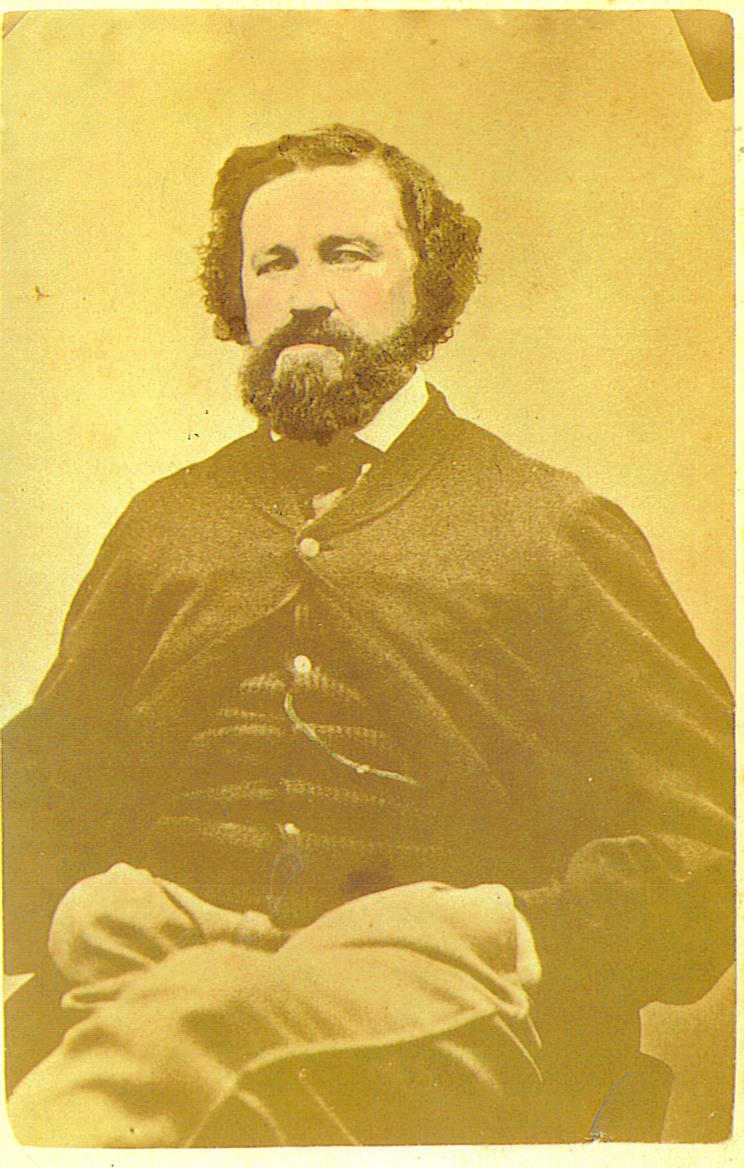
The theory, therefore, is that the second verse given by Peter O’Toole to Dominic Behan should have read: " And in Kilmeny/ It is reported/ On marble stones there/ As black as ink.” The argument that the song may have been written by an emigrant from Antrim living in Scotland is bolstered by the lines “ I would swim over/ The deepest ocean/ The deepest ocean/ Just to be with you” and, in addition, by fact that there is indeed black marble stone in the quarry in Ballygran(t), the mining of which was a vital industry in the area in the 18th and 19th centuries. There is no Ballygran(t) in Ireland, but there is in the Isle of Islay in Scotland – which, O’Dowd explains, is located in a wider area known as Kilmeny.

“ I wish I was in Carrickfergus,” the song opens, “ Only for nights in Ballygran(t.)” O’Dowd reminds us that there was far greater contact between places like Carrickfergus in Northern Ireland and parts of Scotland than with Kilkenny – arguing that the jump to the South-Eastern midlands in the modern version of the song seems to make no geographical sense. There has also been a suggestion, made by the US-based Irish writer Niall O’Dowd, that the song ‘Carrickfergus’ is more closely related to the Scottish tune, ‘Over The Water’. Behan insisted that he had been given two verses by O’Toole and that he wrote an additional one to slot in between.

His 1965 version of the song given to him by O'Toole, which would become 'Carrickfergus', was immortalised on the album The Irish Rover, and titled ‘The Kerry Boatman’. He wrote celebrated songs like ‘The Patriot Game’ (which Bob Dylan drew on for ‘With God On Our Side’), ‘McAlpine’s Fusilliers’, ‘The Merry Ploughboy’ and ‘Liverpool Lou’, among other standards from the days of the Irish ballad boom of the 1960s and early 1970s. In fact, Dominic and his brother, the playwright Brendan Behan, were part of an extraordinary, artistic, republican, socialist family that included the songwriter Peadar Kearney, who – along with several well-known folk standards – wrote the lyrics to the Irish national anthem, ‘Amhrán na bhFiann (A Soldiers Song)’, which was formally adopted by the State in 1926.ĭominic Behan was himself a prolific playwright, author, songwriter and singer. It was the famous Irish actor Peter O’Toole – he insisted on his Irish-ness despite the fact that the birth records show that he was born in Leeds, England to an Irish father – who brought the song to the attention of the Irish songwriter, Dominic Behan.

But there are mysteries, as yet not fully resolved, regarding the apparently fractured narrative in what has become one of the most loved, and covered, songs in the modern Irish folk repertoire. Antrim, on the North-Eastern edge of the island of Ireland. The song ‘Carrickfergus’ is written about the town of the same name, in Co.


 0 kommentar(er)
0 kommentar(er)
